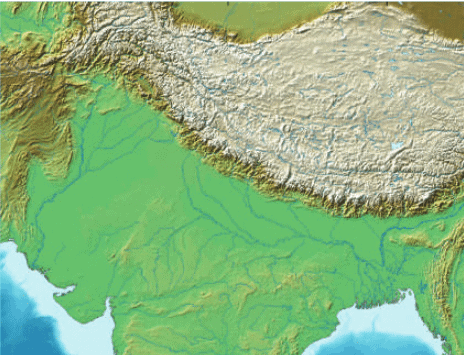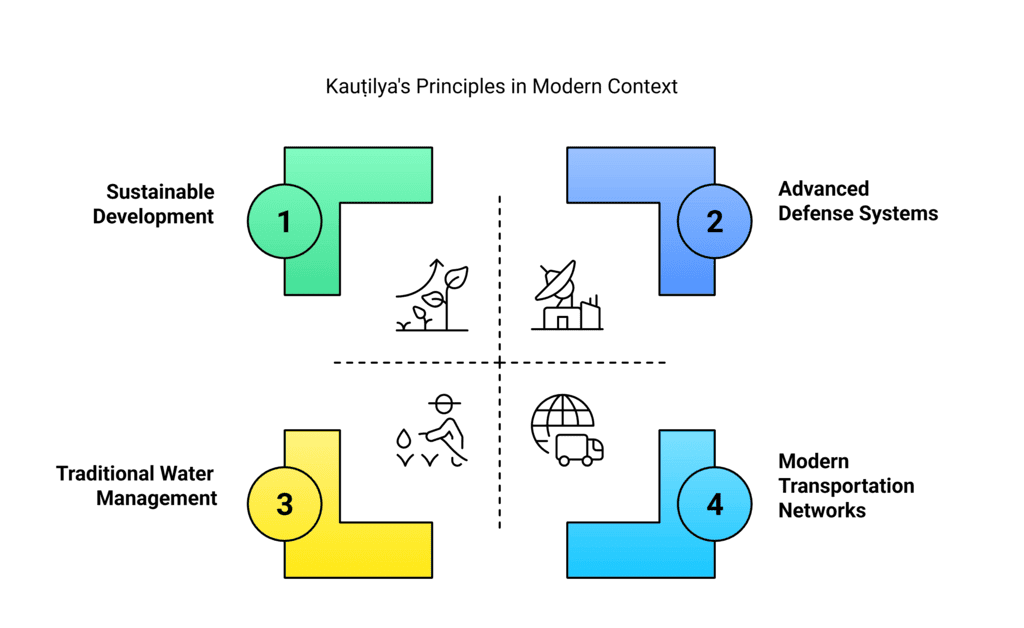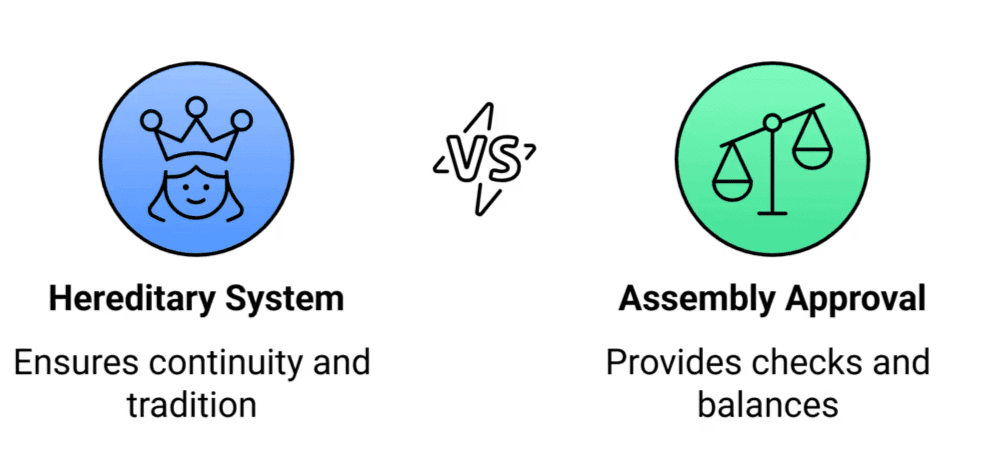NCERT Solutions for Class 7 Social Science Chapter 4 New Beginnings: Cities and States
The Big Questions (Page 68)
Q1: What is meant by ‘Second Urbanisation of India’?
Ans:
- It refers to the rise of new cities around 1000 years after the Harappan Civilization ended.
- These cities grew in the Ganga plains, Indus basin, and other regions around 1st millennium BCE.
- It marked a shift from rural life to urban centres with trade, iron tools, and coin use.
- This was when janapadas and mahajanapadas began to develop, leading to early states.
Q2: Why were the janapadas and mahajanapadas an important development in India’s early history?
Ans:
- They were India’s first organized territorial states with proper governance and capitals.
- The mahajanapadas developed in fertile areas like the Ganga plains and became powerful kingdoms.
- These regions promoted trade, agriculture, and the use of iron tools and coins.
- They also helped spread Buddhism, Jainism, and new art and ideas across India.
 Fertile Gangetic Plains
Fertile Gangetic Plains
Q3: What kind of system of governance did they evolve?
Ans:
- Monarchies: Most mahajanapadas had kings (rajas) with hereditary power, supported by ministers and armies.
- Republics (Ganas/Sanghas): Some states, like Vajji and Malla, followed early democratic traditions with decisions made by councils.
- Councils like sabha and samiti advised rulers or took part in decision-making.
- These systems show India had both monarchical and democratic forms of governance early on.
Back Questions (Page 81)
Q1: Consider the quotation at the start of the chapter and discuss in several groups. Compare your observations and conclusions on what Kauṭilya recommends for a kingdom. Is it very different today?
Ans: Kautilya’s Arthasastra provides a detailed guide for rulers on how to manage a kingdom effectively. His ideas are still relevant today, although the methods have evolved. Here are the main observations:

- Fortification and Security: Kauṭilya recommends fortifying the capital and the towns at the frontiers to protect the kingdom from outside threats. This is essential for the safety of the kingdom.
Today: Countries have advanced defense systems like military bases, radar systems, and security agencies. - Economic Sustainability: Kauṭilya stresses that the kingdom should have productive land with mines, forests, good pastures, and cultivable land to support both the population and outsiders in times of calamities.
Today: This concept is still relevant in sustainable development, where countries ensure they have enough natural resources and economic systems (like trade, industries, etc.) to survive. - Water Management: He mentions the need for the kingdom to not depend on rain alone for water supply. A reliable water management system is essential.
Today: Modern countries have developed advanced irrigation systems, reservoirs, and water treatment plants to manage water resources. - Infrastructure: Kauṭilya mentions the importance of good roads and waterways to ensure smooth trade and movement of goods.
Today: Modern countries focus on well-connected transportation systems like highways, airports, and seaports to boost economic growth.
Q2: According to the text, how were rulers chosen in early Vedic society?
Ans: In early Vedic society, the process of choosing a ruler was not absolute and involved consultation with the assembly of elders. Here’s how it worked:

- Rājā’s Role: The rājā (king) was expected to be a wise leader and consult with the sabhā or samiti (the council of elders). The king’s role was not absolute; his decisions were often influenced by the advice of the assembly.
- Hereditary System: The position of the king was usually hereditary, meaning that the son of the previous king would often take the throne. However, it was not automatic; the council had an important role in approving the ruler’s actions.
- Removal of an Incompetent Ruler: If the king was found to be incompetent or failing to meet his duties, the assembly could remove him from power. This shows that there was a system of checks and balances in place.
Thus, early Vedic rulers were chosen through a combination of hereditary succession and democratic consultation with the elders of the tribe.
Q3: Imagine you are a historian studying ancient India. What types of sources (archaeological, literary, etc.) would you use to learn more about the mahājanapadas? Explain how each source might contribute to your understanding.
Ans: As a historian studying ancient India, I would rely on several types of sources to gather information about the mahājanapadas:
- Archaeological Sources: These include excavations, artifacts, inscriptions, and coins found from ancient sites.
Contribution: These sources give us physical evidence about daily life, trade, art, and the architecture of ancient cities. Coins, for example, show us the economic systems, and inscriptions provide information on the administration and laws of the mahājanapadas. - Literary Sources: Texts from the Vedic, Buddhist, and Jain traditions contain references to the political systems, cultural practices, and religious beliefs of the time.
Contribution: Epics like the Mahābhārata and texts like the Anguttara Nikāya provide insights into the geography, people, and the political systems of the mahājanapadas. - Numismatic Sources: The study of coins, particularly punch-marked coins, provides clues about trade, economy, and the polity.
Contribution: Coins tell us about the economic relations between different regions and the rulers of the mahājanapadas.
By using these sources, historians can reconstruct a picture of politics, culture, and society in the mahājanapadas.
Q4: Why was the development of iron metallurgy so important for the growth of urbanism in the 1st millennium BCE?
Ans: The development of iron metallurgy had a profound impact on the growth of urbanism in the 1st millennium BCE. Here's why:
 Metal Workshop depicted at Sanchi Stupa
Metal Workshop depicted at Sanchi Stupa
- Agricultural Growth: The use of iron tools, such as plows, made farming more efficient. This led to increased agricultural production, which supported larger populations in urban areas.
- Stronger Weapons: Iron weapons, like swords, spears, and arrows, were stronger and sharper than bronze. This allowed kingdoms to defend their territories better and expand their empires through warfare.
- Building and Urbanization: Iron tools helped in the construction of cities and fortifications. Stronger tools meant that better infrastructure could be built, which is crucial for the growth of urban centers.
- Trade and Economy: The rise in agricultural productivity and military efficiency promoted trade. Iron itself became an important commodity for trade, contributing to the growth of urban economies.
Overall, iron metallurgy played a key role in shaping the economic and political landscape, making it a driving force behind the rise of urban centers.
|
28 videos|276 docs|12 tests
|
FAQs on NCERT Solutions for Class 7 Social Science Chapter 4 New Beginnings: Cities and States
| 1. What are the main features of cities as described in the chapter "New Beginnings: Cities and States"? |  |
| 2. How did the establishment of states contribute to the development of cities in ancient times? |  |
| 3. What role do cities play in the economic development of a country? |  |
| 4. How does the chapter "New Beginnings: Cities and States" illustrate the relationship between urbanization and social changes? |  |
| 5. What are some challenges faced by cities as mentioned in the chapter? |  |

















